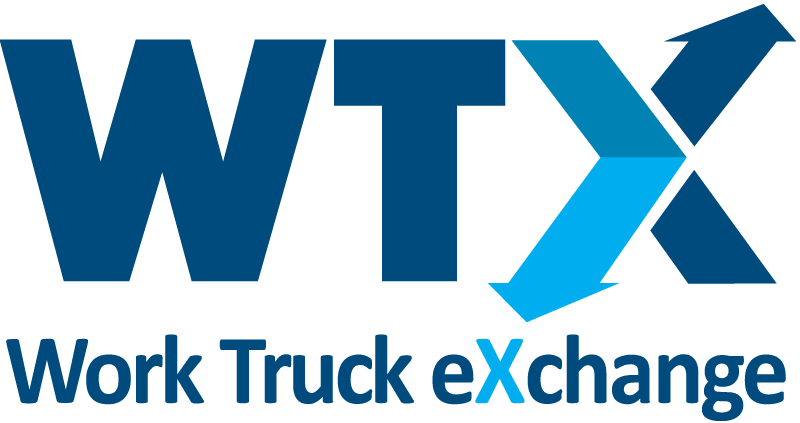Generally, medium-duty segments are holding up well, with cabovers and lighter GVW conventional trucks performing the best.
How to Maximize Truck Resale Values
Regardless of the vocational application, companies are in the business of “manufacturing” used vehicles. Today’s new truck is tomorrow’s used truck. How you spec a truck has a direct bearing on its future resale value.


